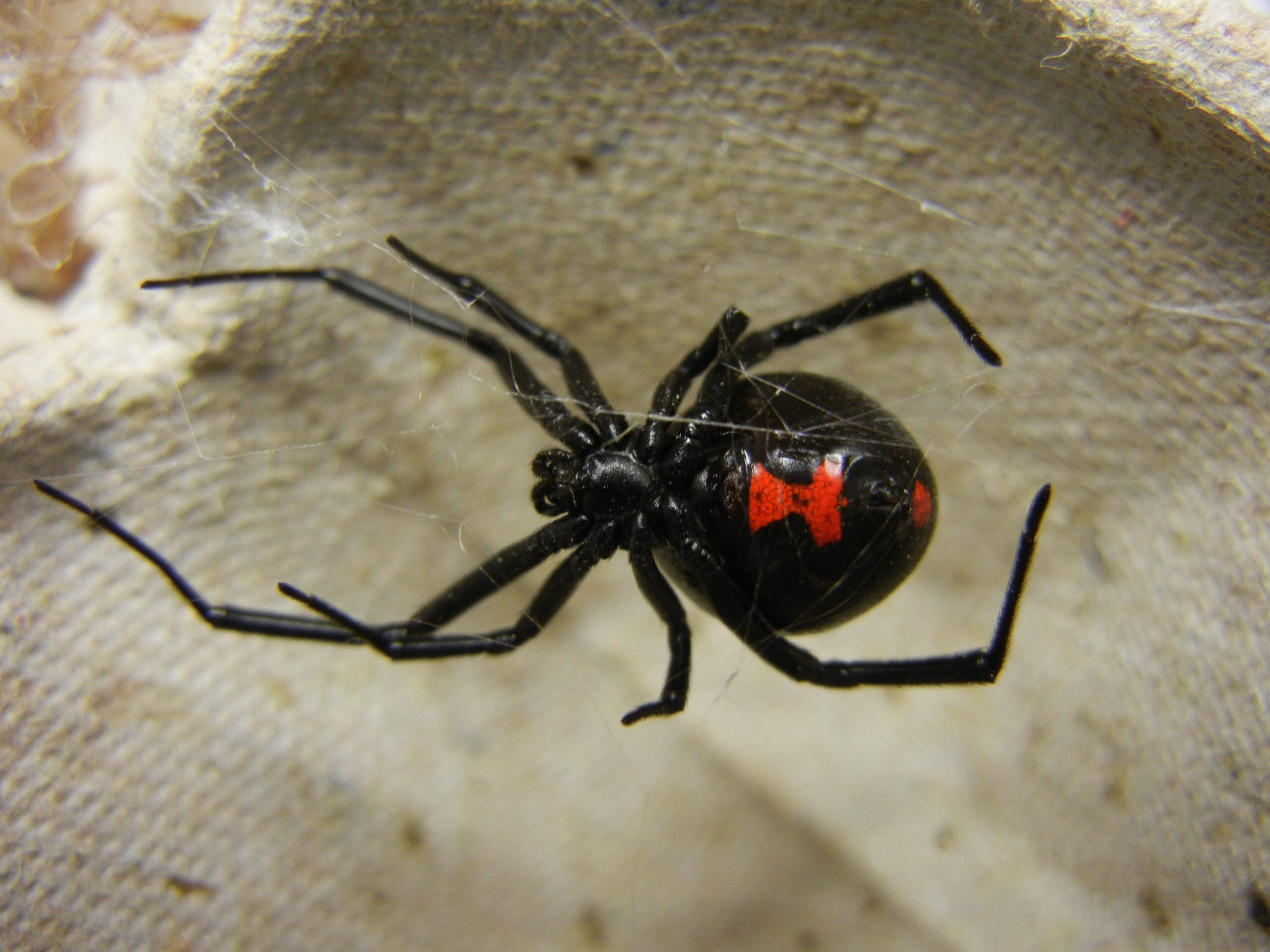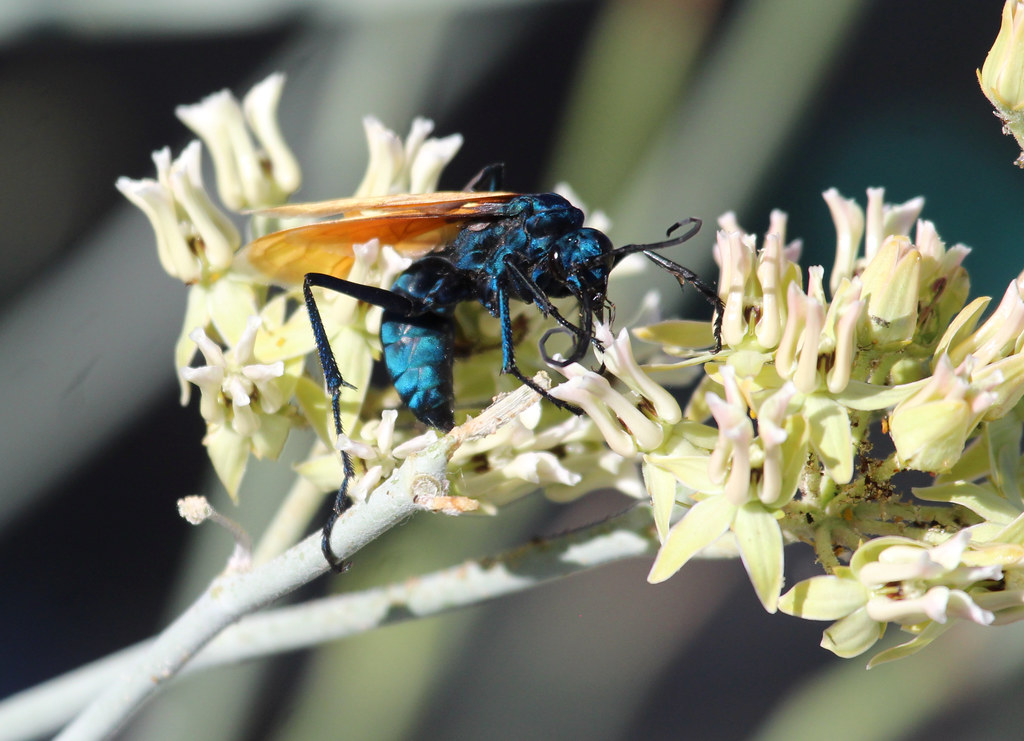Imagine a world where the very creatures that make us shudder and reach for the nearest shoe could hold the keys to curing cancer, treating heart disease, and revolutionizing modern medicine. While most of us instinctively recoil at the sight of a spider, scientists are discovering that these eight-legged architects of fear possess some of nature’s most sophisticated biochemical weapons – weapons that could become our greatest allies in the war against human disease. The venom coursing through a spider’s fangs isn’t just a tool for subduing prey; it’s a complex cocktail of proteins, peptides, and enzymes that have evolved over millions of years to target specific biological pathways with surgical precision. This remarkable specificity is exactly what makes spider venom so promising for medical applications, transforming these misunderstood creatures from household nuisances into potential lifesavers.
The Brazilian Wandering Spider: A Heart-Stopping Discovery

The Brazilian wandering spider, known scientifically as Phoneutria nigriventer, earned its fearsome reputation as one of the world’s most venomous arachnids. Its bite can cause excruciating pain, muscle paralysis, and in severe cases, death. But buried within this lethal cocktail lies a compound that’s giving new hope to millions of men suffering from erectile dysfunction.
Researchers discovered that the spider’s venom contains a peptide called PnTx2-6, which works by blocking calcium channels and increasing nitric oxide production. This mechanism is far more targeted than current medications like Viagra, potentially offering fewer side effects and better results. The peptide doesn’t just mask symptoms – it actually addresses the underlying vascular issues that cause erectile dysfunction.
What makes this discovery even more remarkable is that the spider’s venom affects blood flow in ways that could benefit cardiovascular health beyond just treating erectile dysfunction. Scientists are now investigating whether these same compounds could help treat high blood pressure and other circulatory disorders, turning a deadly bite into a life-enhancing treatment.
Chilean Rose Tarantula: Unlocking the Secrets of Chronic Pain

Chronic pain affects over 50 million Americans, yet current treatments often fall short of providing lasting relief. Enter the Chilean rose tarantula (Grammostola rosea), whose venom contains compounds that could revolutionize pain management. These spiders have evolved incredibly sophisticated methods for immobilizing their prey, and scientists are learning to harness these same mechanisms for human benefit.
The tarantula’s venom targets specific sodium channels in nerve cells, effectively blocking pain signals from reaching the brain. Unlike opioids, which can lead to addiction and tolerance, these spider-derived compounds work through entirely different pathways. This means they could provide powerful pain relief without the devastating side effects that have fueled the current opioid crisis.
Research teams have identified several promising peptides from Chilean rose tarantula venom that show remarkable stability and specificity. These compounds remain active in the human body for extended periods, potentially requiring fewer doses than traditional pain medications. The precision with which these peptides target pain receptors is like having a molecular scalpel instead of a sledgehammer.
The Funnel-Web Spider: Australia’s Stroke-Fighting Warrior

Australia’s Sydney funnel-web spider (Atrax robustus) is notorious for its aggressive nature and potent venom, but researchers have discovered something extraordinary within its deadly arsenal. A protein called Hi1a, found in the spider’s venom, shows unprecedented ability to protect brain cells from damage during strokes. This discovery could transform stroke treatment, potentially saving millions of lives and preventing long-term disability.
When someone suffers a stroke, brain cells begin dying within minutes due to lack of oxygen and blood flow. Hi1a works by blocking acid-sensing ion channels, preventing the cascade of cellular damage that normally occurs. In laboratory studies, this spider-derived protein has shown the ability to protect brain tissue even when administered up to eight hours after a stroke – a dramatically longer window than current treatments allow.
The implications extend beyond stroke treatment. Scientists believe Hi1a could also help protect against brain damage from cardiac arrest, traumatic brain injury, and even neurodegenerative diseases. The spider’s venom, evolved to quickly incapacitate prey, might become medicine’s newest tool for keeping human brains healthy and functional.
Jumping Spiders: Tiny Hunters with Massive Medical Potential

Jumping spiders might seem like unlikely medical heroes, but these agile predators possess venom with remarkable antimicrobial properties. Their hunting strategy requires them to quickly subdue prey in environments teeming with bacteria and other microorganisms, leading to the evolution of potent antimicrobial compounds in their venom. These natural antibiotics could prove crucial in our fight against drug-resistant bacteria.
The antimicrobial peptides found in jumping spider venom work differently than traditional antibiotics, making them effective against bacteria that have developed resistance to conventional treatments. These peptides can punch holes in bacterial cell walls, disrupting their ability to survive and reproduce. This mechanism is particularly promising against MRSA and other superbugs that have become major threats in hospitals worldwide.
Laboratory studies have shown that jumping spider venom compounds can eliminate bacteria that cause pneumonia, skin infections, and bloodstream infections. The peptides remain stable at body temperature and pH levels, making them ideal candidates for drug development. What’s even more exciting is that these compounds appear to work synergistically with existing antibiotics, potentially restoring effectiveness to drugs that bacteria have learned to resist.
Wolf Spiders: Guardians Against Alzheimer’s Disease

Wolf spiders are skilled hunters that rely on their venom to quickly immobilize prey, but scientists have discovered that these compounds might also help preserve human memory and cognitive function. The venom contains peptides that can cross the blood-brain barrier – a notoriously difficult challenge in neurological drug development – and interact with neurotransmitter systems linked to memory formation and retention.
Recent studies have revealed that certain wolf spider venom components can enhance acetylcholine signaling in the brain, the same pathway targeted by current Alzheimer’s medications. However, the spider-derived compounds appear to be more selective and potent than existing drugs. This increased specificity could mean better therapeutic outcomes with fewer side effects for patients battling cognitive decline.
The research is still in early stages, but initial results suggest that wolf spider venom peptides might not only slow the progression of Alzheimer’s disease but could potentially help restore some lost cognitive function. These compounds seem to protect neurons from the toxic effects of amyloid plaques, the protein clumps that accumulate in Alzheimer’s patients’ brains.
Widow Spiders: Black Beauties Fighting Cancer

The black widow spider’s venom is infamous for its neurotoxic effects, but hidden within this deadly cocktail are compounds that could revolutionize cancer treatment. The venom contains proteins that specifically target dividing cells – exactly the characteristic that makes cancer cells so dangerous. By harnessing these natural cell-targeting mechanisms, scientists are developing new approaches to selectively destroy tumors while sparing healthy tissue.
One particularly promising compound called latrotoxin has shown remarkable ability to trigger cell death in cancer cells while leaving normal cells largely unaffected. This selectivity is the holy grail of cancer treatment, offering the potential for therapies that are both more effective and less toxic than current chemotherapy drugs. The protein works by disrupting cellular membranes in rapidly dividing cells, causing them to self-destruct.
Researchers have successfully modified latrotoxin to make it even more cancer-specific, creating synthetic versions that can be directed to particular types of tumors. Early trials have shown promising results against breast cancer, lung cancer, and certain blood cancers. The spider’s evolutionary perfection in targeting specific cell types is now being repurposed to save human lives.
Orb Weaver Spiders: Spinning Solutions for Diabetes

The intricate webs of orb weaver spiders have inspired engineers for decades, but their venom holds equally impressive secrets for medical science. These spiders produce compounds that can regulate blood sugar levels with remarkable precision, offering new hope for millions of people living with diabetes. The venom contains peptides that enhance insulin sensitivity and improve glucose metabolism in ways that current medications cannot match.
Research has shown that orb weaver venom components can stimulate insulin production in pancreatic cells while simultaneously making muscle and fat cells more responsive to insulin. This dual action could provide better blood sugar control with fewer side effects than current diabetes medications. The peptides work through novel pathways that don’t interfere with other metabolic processes, reducing the risk of dangerous blood sugar crashes.
What’s particularly exciting is that these spider-derived compounds remain stable in the digestive system, potentially allowing for oral administration rather than injections. This could dramatically improve quality of life for diabetes patients who currently rely on multiple daily insulin shots. The precision with which these peptides regulate glucose levels mirrors the spider’s own need for careful energy management as it waits patiently in its web.
Tarantula Hawk Wasp Hunters: Paralysis Proteins for Epilepsy

While not technically spiders themselves, the creatures that hunt tarantulas have revealed important insights about spider venom’s medical potential. The way tarantula hawk wasps paralyze their spider prey has led scientists to better understand how spider venom affects the nervous system. This knowledge is now being applied to develop new treatments for epilepsy and other seizure disorders.
Spider venom contains compounds that can selectively block specific types of neural activity while leaving others intact. This precision is exactly what’s needed for treating epilepsy, where the goal is to prevent abnormal electrical activity in the brain without disrupting normal function. Researchers have identified several spider-derived peptides that show promise as anti-seizure medications.
The advantage of these compounds over traditional epilepsy drugs is their specificity and reduced side effects. Current medications often cause drowsiness, cognitive impairment, and other problems because they broadly suppress neural activity. Spider venom peptides could provide seizure control while preserving normal brain function, potentially offering a better quality of life for epilepsy patients.
Desert Recluse Spiders: Healing Wounds from the Inside Out

The desert recluse spider’s venom is notorious for causing severe tissue damage, but scientists have discovered that controlled exposure to certain venom components can actually promote healing. This paradoxical effect occurs because the venom contains enzymes that break down damaged tissue while simultaneously stimulating the growth of new, healthy cells. Understanding this dual action has led to breakthrough treatments for chronic wounds and tissue regeneration.
The venom’s healing properties work through a complex cascade of biochemical reactions that clear away dead tissue and promote blood vessel formation. This process is crucial for wound healing but often fails in patients with diabetes, poor circulation, or other conditions that impair natural healing responses. By harnessing the spider’s tissue-remodeling capabilities, researchers are developing therapies that could help these difficult-to-heal wounds finally close.
Clinical trials have shown remarkable success using modified desert recluse venom components to treat diabetic foot ulcers and pressure sores. The treatment promotes faster healing with less scarring than traditional wound care methods. The spider’s evolved ability to break down and rebuild tissue is being transformed into a powerful tool for human healing.
Huntsman Spiders: Antimicrobial Guardians of the Future

Huntsman spiders are impressive predators that actively hunt their prey rather than waiting in webs, and their venom reflects this aggressive hunting strategy. The compounds in their venom show powerful antimicrobial properties that could help address the growing crisis of antibiotic resistance. These spiders have evolved venom that not only subdues prey but also prevents bacterial infection in their wounds – a capability that could prove invaluable in human medicine.
The antimicrobial peptides found in huntsman spider venom work through multiple mechanisms, making it extremely difficult for bacteria to develop resistance. They can disrupt bacterial cell walls, interfere with cellular metabolism, and even prevent bacteria from communicating with each other. This multi-pronged approach is exactly what’s needed to combat superbugs that have learned to evade single-target antibiotics.
Laboratory studies have demonstrated that huntsman spider venom components remain effective against bacteria that are resistant to multiple conventional antibiotics. The peptides show particular promise against infections that are notoriously difficult to treat, including those caused by Pseudomonas aeruginosa and Staphylococcus aureus. This broad-spectrum activity could make spider-derived antimicrobials valuable additions to our medical arsenal.
Violin Spiders: Orchestrating Immune System Responses

The violin spider, also known as the brown recluse, has venom that significantly impacts the human immune system. While this normally causes harmful inflammation and tissue damage, researchers have discovered that controlled exposure to specific venom components can actually help regulate overactive immune responses. This discovery has opened new avenues for treating autoimmune diseases and inflammatory conditions.
The venom contains proteins that can modulate T-cell activity and cytokine production, key components of the immune system that often malfunction in autoimmune diseases. By understanding how spider venom affects these pathways, scientists are developing treatments for conditions like rheumatoid arthritis, multiple sclerosis, and inflammatory bowel disease. The goal is to calm the immune system without completely suppressing it.
Early research suggests that violin spider venom components could provide more targeted immune suppression than current medications, potentially reducing side effects while maintaining effectiveness. The spider’s ability to modulate immune responses evolved as a way to prevent prey from mounting an effective defense, but this same capability could help human patients whose immune systems have turned against their own bodies.
Trap Door Spiders: Opening Doors to Cardiac Health

Trap door spiders are ambush predators that must strike quickly and effectively when prey triggers their hidden entrance. Their venom contains compounds that rapidly affect cardiovascular function, and scientists are discovering that these same compounds could help treat heart disease and circulatory disorders. The venom’s effects on blood pressure and heart rhythm are being studied as potential treatments for various cardiac conditions.
The spider’s venom includes peptides that can regulate calcium channels in heart muscle cells, potentially offering new treatments for arrhythmias and heart failure. These compounds work with remarkable precision, affecting only the specific channels involved in problematic heart rhythms while leaving normal cardiac function intact. This selectivity could provide safer alternatives to current cardiac medications.
Research has shown that trap door spider venom components can also improve blood flow and reduce inflammation in blood vessels, potentially helping prevent heart attacks and strokes. The spider’s evolved ability to quickly incapacitate prey through cardiovascular effects is being transformed into tools for protecting and healing human hearts. These discoveries highlight how nature’s predators might become our greatest medical allies.
Conclusion

The journey from fearing spiders to embracing their medical potential represents a fundamental shift in how we view the natural world around us. These eight-legged creatures, once seen only as sources of terror and revulsion, are emerging as sophisticated biological laboratories that have spent millions of years perfecting compounds we desperately need. Every species we’ve explored demonstrates nature’s incredible ability to create precise, targeted solutions to complex biological problems.
The future of spider-derived medicine looks brighter than ever, with new discoveries emerging regularly from research laboratories worldwide. As we continue to decode the secrets hidden within spider venom, we’re likely to find treatments for diseases we haven’t even considered yet. The precision, stability, and effectiveness of these natural compounds offer hope for more targeted therapies with fewer side effects than traditional medications.
Perhaps most importantly, these discoveries remind us that biodiversity isn’t just about preserving beautiful landscapes or charismatic megafauna – it’s about protecting the intricate web of life that could hold the keys to our own survival and wellbeing. The next time you encounter a spider, remember that you might be looking at a creature whose venom could someday save your life. Who would have thought that our greatest fears might also be our greatest hopes?
